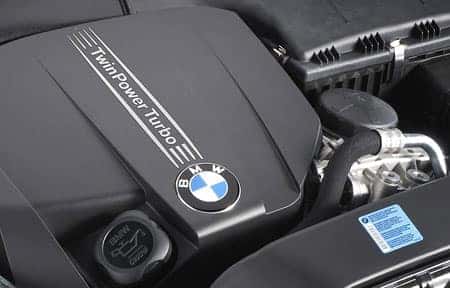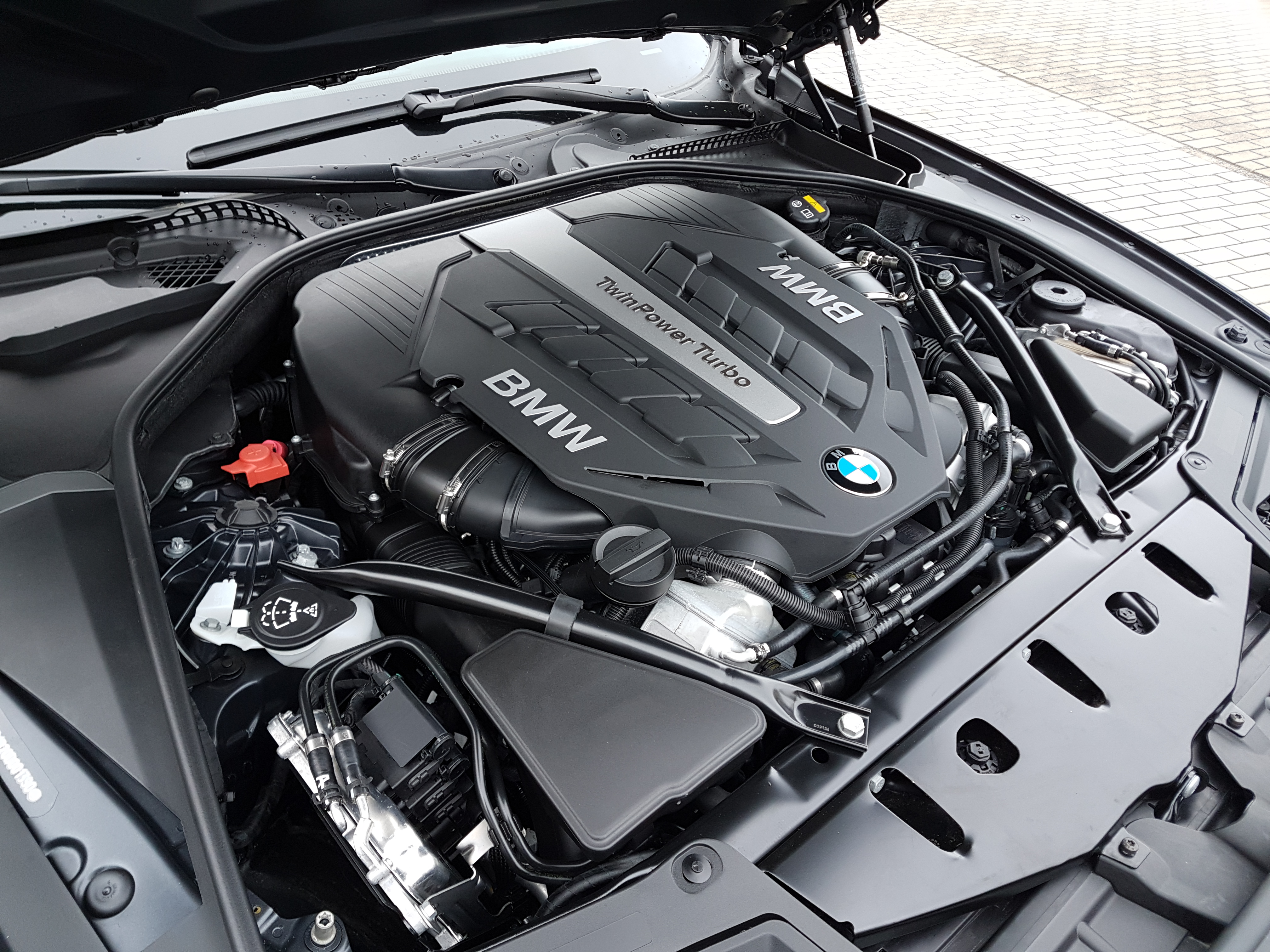The Advancement of the BMW Engine: A Recall at Iconic Models
The Advancement of the BMW Engine: A Recall at Iconic Models
Blog Article
Discovering the Advancement of Burning Engines in Modern Transportation Equipments
As we browse the landscape of modern transportation, the evolution of burning engines stands as a testament to human ingenuity and design prowess. From their humble beginnings to the sophisticated powerhouses propelling cars today, burning engines have undergone an impressive journey of technology and adaptation. Comprehending the complexities of this advancement not just clarifies the past however also paves the means for imagining what exists ahead in the world of transport innovation. The interplay of background, innovation, and environmental concerns in forming the trajectory of burning engines develops a narrative that is both insightful and engaging.
Very Early Beginnings of Combustion Engines
Just how did the principle of combustion engines very first arise in the onset of transportation growth? When the concepts of interior burning were first explored, the origins of combustion engines can be mapped back to the 17th century. In 1673, Christian Huygens conceptualized a fundamental internal combustion engine that used gunpowder to create power. It wasn't until the late 19th century that functional applications of combustion engines in transportation started to arise.
The development moment featured the development of the very first successful gasoline-powered engine by Karl Benz in 1885 - bmw engine. This engine led the method for the growth of the contemporary vehicle, revolutionizing transportation systems worldwide. Succeeding technologies by Nikolaus Otto and Gottlieb Daimler further improved burning engine innovation, causing the mass production of vehicles and the quick development of the transport sector
These very early burning engines were identified by their simpleness and performance, laying the foundation for the facility and powerful engines utilized in modern transport systems. The evolution of burning engines has actually contributed in forming the means we take a trip and carry items, noting a significant turning point in the history of transportation growth.
Transition to Internal Combustion Modern Technology
The transition to inner burning modern technology marked an essential shift in the development of transport systems. This change started in the late 19th century, with creators like Nikolaus Otto and Gottlieb Daimler establishing the first successful internal burning engines. These engines revolutionized transportation by using an extra effective and reliable choice to heavy steam engines and electric motors.
Among the crucial advantages of inner combustion engines was their capacity to be reduced to fit right into vehicles, resulting in the development of bikes and cars. This shift from bulky, fixed engines to compact, mobile ones led the way for the modern transportation systems we see today.
The transition to internal burning modern technology additionally spurred improvements in fuel technology, resulting in the growth of gasoline and diesel as key gas sources for cars. This shift not just made transportation more accessible to the masses yet likewise laid the structure for the oil and gas market to end up being important to worldwide economies.
Effect of Combustion Engines on Transportation
The fostering of burning engines in transport systems catalyzed an extensive change in the performance and speed of global wheelchair. Combustion engines revolutionized transport by providing a versatile and trustworthy source of power for various automobiles, including autos, vehicles, ships, and aircrafts. This technology dramatically boosted the ability for people and products to relocate over fars away in shorter period, resulting in increased connectivity between areas and nations.
Additionally, the prevalent use combustion engines has actually had a considerable influence on economic advancement. The capability to transport goods efficiently has stimulated trade and business, permitting companies to expand their markets and get to customers worldwide. This has promoted economic development and globalization, as items can now be carried faster and in bigger quantities than ever.
Nonetheless, the environmental effect of combustion engines can not be neglected. The burning of nonrenewable fuel sources has actually resulted in air contamination and greenhouse gas exhausts, adding to climate modification and posing health and wellness dangers to populaces. bmw engine. As an outcome, there is a growing focus on developing alternate propulsion modern technologies to reduce these adverse effects and produce an extra sustainable future for transportation
Technologies in Burning Engine Layout
One significant advancement is the growth of turbocharged engines, which use exhaust gases to drive a generator that presses incoming air, enabling for even more fuel to be burnt, resulting in enhanced power output without a significant boost in engine dimension. Variable shutoff timing systems have likewise transformed engine layout by optimizing air movement at different engine rates, improving both power and performance. These innovations jointly contribute to the constant improvement of burning engines in contemporary transport systems.
Future Fads in Combustion Engine Development
With modern technology developments driving continuous development, the future of combustion engine development is positioned to change transport systems around the world. One of the essential patterns in burning engine advancement is the press towards better performance and lowered exhausts.
One more famous trend is the adoption of hybrid technologies in burning engines. Hybrid engines combine standard combustion technology with electrical power, providing improved gas performance and reduced exhausts. As the auto sector changes towards electrification, crossbreed burning engines are seen as a transitional solution that connects the void in between standard lorries and totally electric ones.
Moreover, the combination of wise innovations, such as expert system and data analytics, is expected to play a considerable duty in the future of burning engine development. These innovations these details can enhance engine performance in real-time, visit our website resulting in a lot more effective combustion processes and boosted overall car performance. Welcoming these future patterns will not only drive development in burning engine advancement however also add to a much more eco pleasant and sustainable transportation environment.

Verdict
Finally, the development of burning engines in modern-day transportation systems has been marked by significant innovations in modern technology and layout. From the early beginnings of burning engines to the transition to inner combustion technology, these engines have had an extensive influence on transportation. Advancements in burning engine design remain to drive progress in this area, with future fads concentrating on further improving efficiency and minimizing exhausts. The future of combustion engines in transport looks appealing as research and development efforts remain to press borders.
The roots of burning engines can be mapped back to the 17th century when the principles of interior combustion were first checked out. These engines transformed transportation by providing a more powerful and efficient choice to heavy steam engines and electric motors.

Report this page